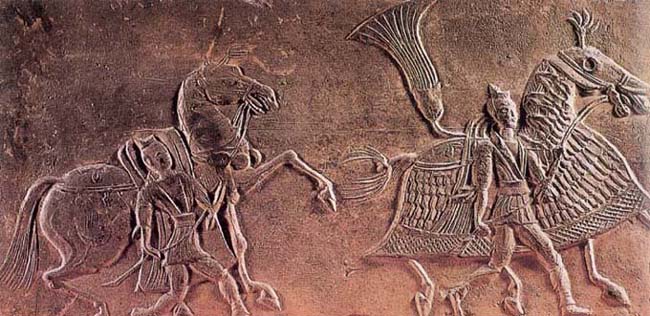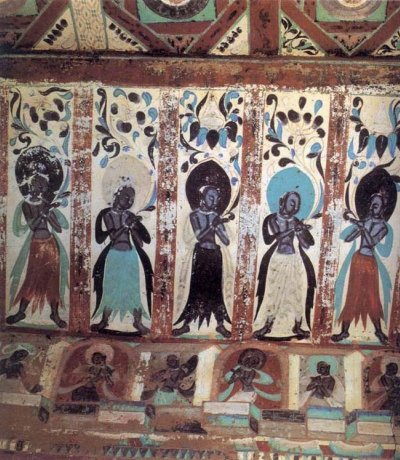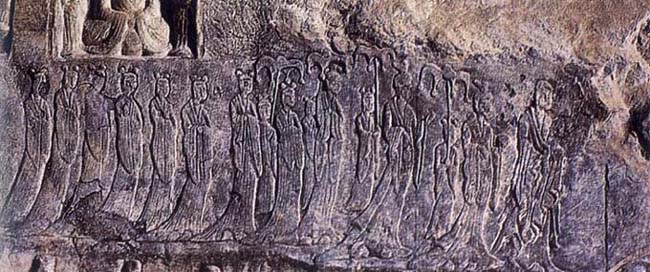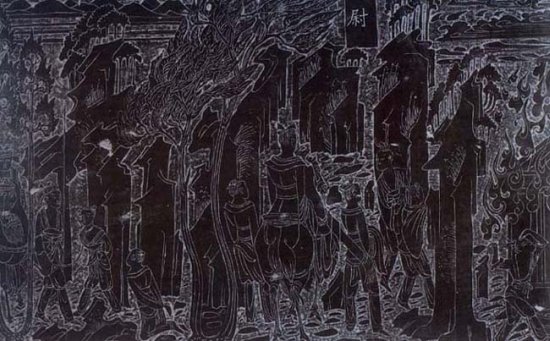The period of the Northern and Southern Dynasties (南北朝, 420-589) marks a decisive turning point in Chinese art history, characterized by distinct developments between the North and the South.
Historical Context and Influences
After the fall of the Eastern Jin in 420, China split into competing kingdoms: the Southern Dynasties (南朝) and the Northern Dynasties (北朝). This political fragmentation gave rise to two distinct artistic currents:
- In the South: Flourishing of scholarly and landscape traditions
- In the North: Synthesis of Buddhist and nomadic influences

Southern Dynasty (5th century)
Dimensions: 19 × 38 × 6 cm
Discovered in Dengxian (邓县), Henan
Southern Artistic Innovations
The Southern courts saw the emergence of three artistic revolutions:
- Landscape Painting: First codification of landscape principles with Xie He's (谢赫) "Six Principles"
- Calligraphy: Perfection of regular (楷书) and cursive (草书) styles
- Autonomy of Art: First aesthetic theories independent of ritual functions
Northern Buddhist Renaissance
The Northern Dynasties (Northern Wei, Northern Qi) became the crucible of Chinese Buddhist art:
- Foundation of the Longmen (龙门) rock sanctuaries in 494
- Synthesis of Indian, Central Asian, and Chinese influences
- Development of the "fine wet robes" style (曹衣出水)

Northern Dynasty, Qi Kingdom
Dunhuang (敦煌) mural painting

Northern Dynasty, Wei Kingdom
Guyang Grotto (古阳洞), Longmen

Northern Dynasty, Wei Kingdom
Engraving on stone sarcophagus
Technical Revolutions
This period saw decisive advances:
- Porcelain: First attested productions (Anyang tombs, 575)
- Sculpture: Narrative bas-relief techniques
- Pigments: Introduction of lapis lazuli blues and malachite greens
Founding Masters
Main artists who marked this period:
Artistic Legacy
This period laid the foundations for the Tang golden age: synthesis of Southern traditions (scholarly elegance) and Northern traditions (sculptural vigor), codification of pictorial genres, and institutionalization of Buddhism as a major source of artistic inspiration.
